2019 Roxann Taylor, Michael Deaddio, & Thomas H. Lee – PCF VAlor Young Investigator Award

Accurate and Predictive Classification of Prostate Cancers for Therapeutics Targeting DNA Repair
Navonil De Sarkar, PhD
Fred Hutchinson Cancer Research Center
Mentors: Peter Nelson, Robert Bruce Montgomery
Description:
- PARP-inhibitors and platinum chemotherapy are effective in a subset of prostate cancer patients, particularly those who have defects in certain DNA damage repair (DDR) genes involved in a type of DNA repair called homologous recombination (HR). Still, there are individuals without DNA repair function damaging mutation who respond, and patients with demonstrated HR defects who do not.
- Navonil De Sarkar’s project aims to improve the accuracy of identifying metastatic castration resistant prostate cancer (mCRPC) patients with DNA repair defects who will respond to PARP-inhibitors and/or platinum chemotherapy.
- De Sarkar developed a machine learning based classification framework, termed “integrated homologous recombination defect” (iHRD), to identify tumors with HR defects based on multiple genomic features and determinants associated with HR deficiency in tumor genomic sequencing data.
- Whether the iHRD classification system can better identify patients who have HR defects and will respond to PARP-inhibitors and/or platinum chemotherapy will be tested.
- Whether an iHRD status can also be inferred from genomic sequencing performed on liquid biopsies will be determined.
- Finally, other mechanisms that lead to defective HR activity in tumors without mutations in HR genes will be determined.
- If successful, this project will result in a tool to improve the identification of prostate cancer patients who are likely to respond from PARP-inhibitors and platinum chemotherapy.
What this means to patients: Dr. De Sarkar’s project will improve identification of patients with defective DNA damage repair (DDR) who are more likely to respond to PARP-inhibitors and platinum chemotherapy and will identify new mechanisms that render tumors sensitive to these treatments.

